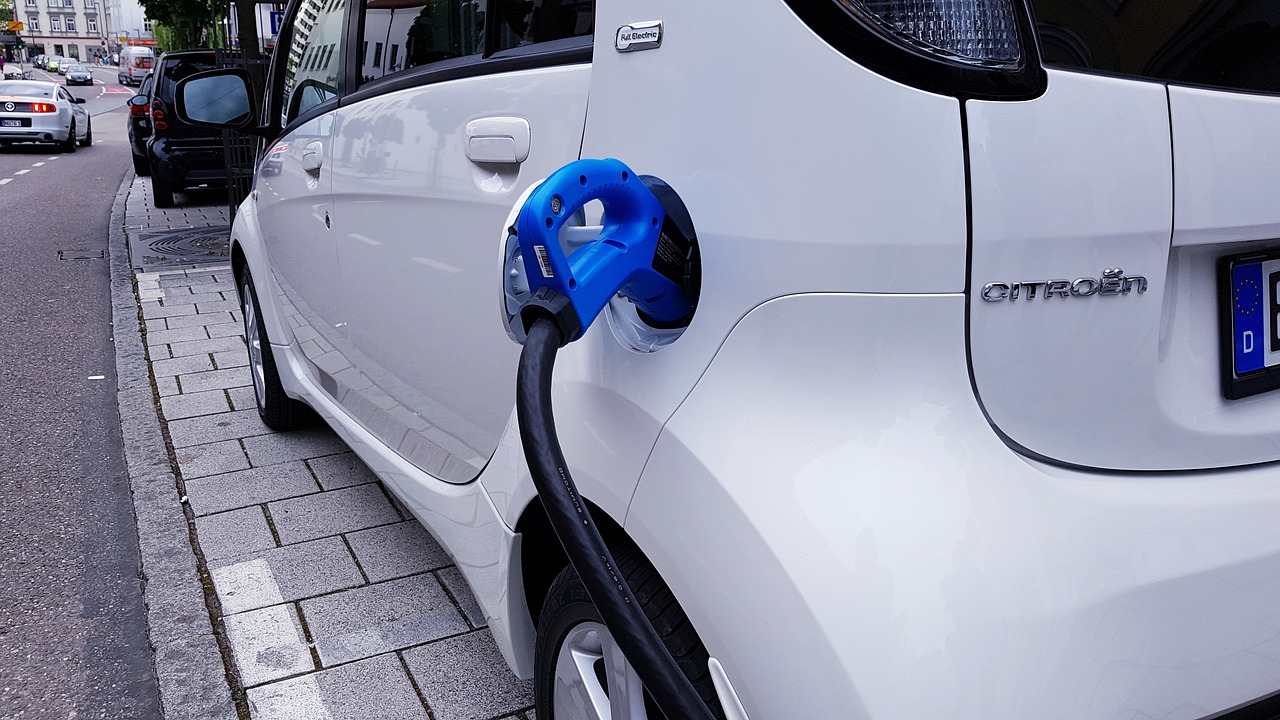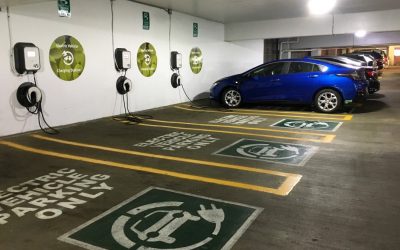Commercial EV Charging Stations
Over the past several years, people have become painfully aware of the numerous environmental problems resulting from anthropogenic activities. It is clear that fossil fuels are not an infinite resource and that vehicles that are powered by oil and gasoline have played a major role in aggravating the already deteriorating condition of the climate and environment. As a solution to these problems, electric vehicles have come to the forefront.
Over the past 7 years, the global sales of electric vehicles have increased to merely 20,000 per year to a whopping 750,000 per year. While many people continue to drive non-electric cars, there are now millions of electric vehicles seen on the roads. By 2040, it is predicted that there will be more than half a billion electric vehicles being driven. This is because the priorities of the public have changed, with younger generations such as millennials and Gen Z making more environmentally conscious decisions.

To cater to the increasing demand for electric vehicles, it is natural that electric vehicle charging stations will also be required. This is a necessary infrastructural development without which the projected sales of electric vehicles cannot be met. Within the next decade, the global market for electric vehicle charging stations is expected to have an estimate CAGR of 31.2%, with a value of over 140 billion USD.
While COVID-19 has undoubtedly had an adverse impact on the electric vehicle market, the demand for clean transport has not yet diminished. With continuous progress in the technological sector and unceasing innovation in research and development, charging stations have been rapidly improving. Government funding for electric vehicles have also accelerated the growth of this market.
Currently, commercial charging stations have been established at different public areas that are frequented by people. These include shopping centers and malls, hotels, restaurants, hospitals, universities, apartments, as well as highways. One of the most commonly used method to charge electric vehicles is slow AC charging. These type of charging stations are high in demand and will most probably acquire over 80% of the total market shares by 2030.
Moreover, the demand for charging stations in residential areas, offices, or parking lots is also increasing. Resultantly, it can be predicted that the market for Level 2 chargers will also grow considerably in the foreseeable future. In the United States alone, there will be a need to install over 13 million charging stations by 2030 to meet the needs of electric vehicle owners.
In March of this year, America had about 78,500 charging outlets and 25,000 charging stations for electric vehicles, with most of these chargers located in California. Since 2015, there has been an increase in plug-in electric vehicle sales from 115,000 to 358,000 in 2018 due to the increase in plug-in power stations and charging outlets.
With the government and local authorities offering incentives that substantially lower the costs of installing electric vehicle charging stations, there is little to no reason for businesses and residences to benefit from this addition.



